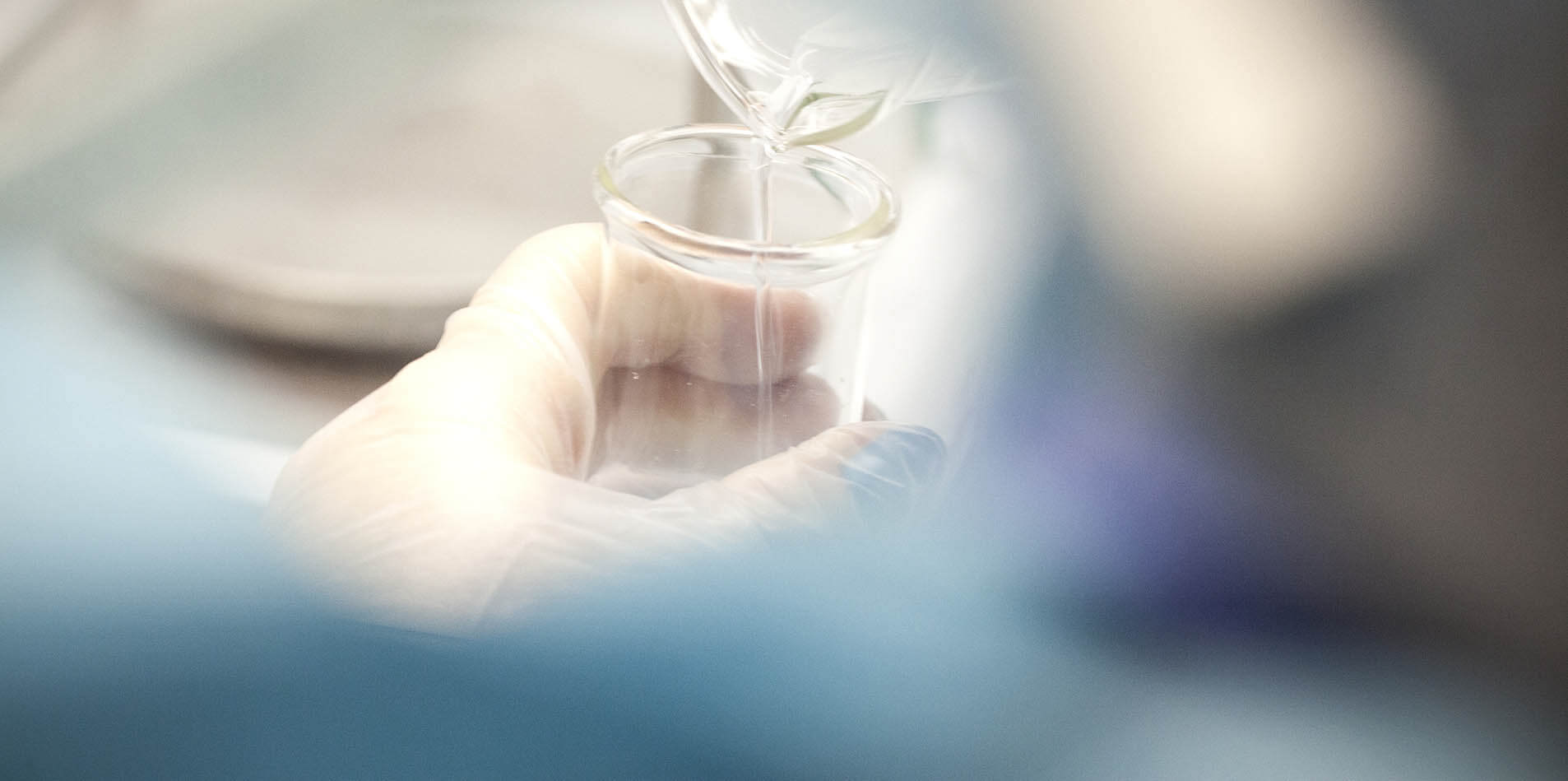Last Updated: June 13, 2024, 4 pm UTC
On April 29, 2024, the U.S. Food and Drug Administration (FDA) announced a final rule that was initially proposed in September 2023 concerning the regulatory framework for laboratory-developed tests (LDTs). Understanding the nuances and implications of these changes is paramount for specialists in regulatory affairs and the clinical development arena.
The FDA updated its regulations to explicitly classify In Vitro Diagnostics (IVDs) as devices under the Federal Food, Drug, and Cosmetic Act (FD&C Act), irrespective of the manufacturer being a laboratory that previously conducted business and was certified under the Clinical Laboratory Improvement Amendments of 1988 (CLIA). This change is driven by the intent to consistently regulate all producers of such devices.
Historical analysis shows that after the 1976 Medical Device Amendments, the FDA typically “exercised discretion” in the enforcement of most LDTs and seldom used this discretion. However, with LDTs now more integrated into pivotal healthcare decisions and using advanced technology to serve a broader audience, their associated risks have significantly escalated compared to 1976. The phase-out of this enforcement discretion is envisioned to fortify public health and promote the development of innovative IVDs, ensuring they adhere to safety and efficacy standards.
At the core of the Final Rule is the redefinition of IVDs to encompass those manufactured by laboratories, leading to a more uniform regulation in line with other IVDs. The FDA’s authority for this rule revision springs from multiple sections of the FD&C Act, covering a spectrum from defining the device to its overarching regulation.
According to FDA, the changes are poised to yield significant benefits, mainly for patients, by mitigating the health adversities stemming from problematic IVDs identified as LDTs. These benefits are estimated to oscillate between $1.81 billion and $86.01 billion annually, given varying discount rates. Moreover, the FDA says there would be indirect advantages, such as minimized legal expenses and reduced costs for healthcare systems due to these IVD issues.
However, laboratories are expected to bear costs, projected between $2.39 billion to $19.45 billion annually, to align with these statutory and regulatory requisites. FDA will shoulder certain costs, but anticipated user fee offsets will trim these expenses to an estimated range of $103 million to $1.06 billion each year.
Breakdown of FDA’s New Rule
Premier Research has identified five essential modifications that regulatory and clinical development specialists must acquaint themselves with.
- Expanded Definition
FDA aims to reshape the boundaries of IVDs within 21 CFR Part 809.3. By expressly incorporating LDTs, the proposal suggests viewing IVDs as devices under the FD&C Act even when manufactured by a laboratory that was previously regulated under CLIA. This redefinition underscores the intent to bring LDTs into the same regulatory fold as other medical devices. - Rigorous Compliance Ahead
Because LDTs now fall under the IVD umbrella, they are subject to the FDA’s medical device regulatory requirements. For regulatory affairs specialists, this implies heightened diligence to ensure that LDTs align with premarket review standards. Clinical development experts will need to navigate the potential complexities arising from this regulatory shift, particularly in terms of trial design and evidence generation. - Re-evaluating Existing LDTs
The rule does not automatically “grandfather” any of the LDTs currently in use. This means re-evaluation and potentially recalibrating existing LDTs to align with the new stipulations. Regulatory affairs specialists must be prepared to undertake a comprehensive review of LDTs already in circulation and devise an appropriate strategy. - Exemptions
Despite its overarching reach, the rule does carve out exemptions. Forensic tests and human leukocyte antigen tests, for instance, won’t be subsumed under the new regulations. Regulatory professionals need to be well-versed with these nuances to advise their organizations effectively. - Implementation
FDA recognizes the challenges this major shift can bring. They have outlined a phased approach to transition away from their policy of enforcement discretion for LDTs. The rollout is spread across five phases over four years (see below). The final two phases will zero in on premarket review prerequisites. The exact commencement of this phase-out will be determined by the publication date of the FDA’s final phase-out policy. This sea change will necessitate a proactive strategy from regulatory professionals, ensuring compliance at each step.
Proposed Timeline
| Phase 1 (Beginning on May 6, 2025) | End of Enforcement Discretion for:Medical Device Reporting (MDR).Correction and removal reporting requirements. |
| Phase 2 (Beginning on May 6, 2026) | End of Enforcement Discretion for:All requirements other than MDR, correction and removal reporting, Quality System (QS), and premarket review. LDT Requirements: Registration and listing. Labeling. Investigational device exemptions. |
| Phase 3 (Beginning on May 6, 2027) | End of Enforcement Discretion for:QS requirements (good manufacturing practice for medical devices). |
| Phase 4 (Beginning on November, 6 2027) | End of Enforcement Discretion for:Premarket review for high-risk IVDs.Regulation Update:Class III LDTs will now fall under full Premarket Approval (PMA) requirements as per the FD&C Act. |
| Phase 5 (Beginning on May 6, 2028) | End of Enforcement Discretion for:Premarket review for moderate-risk and low-risk IVDs needing premarket review.Regulation Update:Class II LDTs (and Class I LDTs needing premarket review) will adhere to the full 510(k) premarket notification and de novo requirements under the FDCA.The FDA generally will not enforce against LDTs with 510(k)s and de novo applications submitted within this 4-year window until the review of the submission is finalized. |
Note: The specific dates will depend on when the FDA publishes its final phase-out policy. Adjust the timeline accordingly once that date is confirmed.
Premier Research is a clinical research, product development, and consulting company that is dedicated to helping biotech, specialty pharma, and device innovators transform life-changing ideas and breakthrough science into new medical treatments. We are Made for MedTech, and our team is helping clients navigate the changing regulations and adapt clinical research strategies. Our expertise gives us the ability to develop customized and tailored strategic plans, mitigate regulatory risks, and optimize marketing success.
Contact us today to find out how we can support your program.

 Perspectives Blog
Perspectives Blog 


